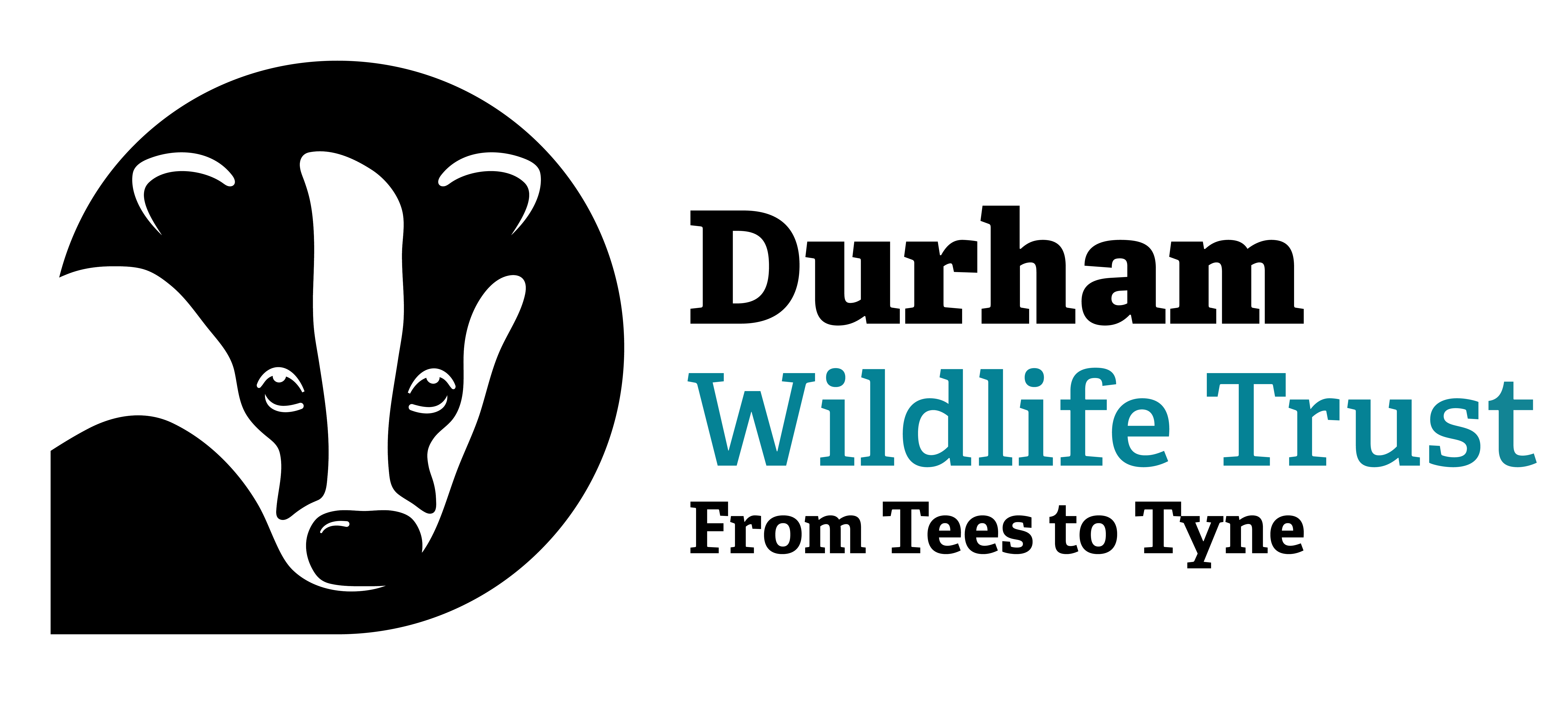A SOLITARY curlew soars silently in a cloudless sky overhead, while a hare breaks cover and slaloms through the swathes of tall grasses and flowers that stretch towards the distant hills. Welcome to the beauty and tranquility of Hannah’s Meadow.
Dotted with the predominant yellow of countless meadow buttercups, this stunning landscape is named in honour of Hannah Hauxwell, the lone Teesdale farmer, whose daily battles against poverty and the elements captivated the nation from the moment she appeared on our television screens in 1972.
Too Long A Winter was the name of the first of several documentaries that propelled Hannah into the spotlight. Produced for Yorkshire Television by Barry Cockcroft, it chronicled the story of one woman’s resilience as she relied on traditional methods to farm the land, and a few cows, without electricity or running water.
Hannah had been left to cope alone when her parents and uncle died, running the farm between 1961 and 1988, by which time public donations had flooded in to make her life more comfortable.
After finally leaving her beloved Low Birk Hatt Farm, in Baldersdale, she moved into a cottage in Cotherstone, then a care home in Barnard Castle, before she died in a West Auckland nursing home in January 2018.
But, half a century on from Too Long A Winter, and amid glorious June sunshine, Hannah’s inspirational story lives on thanks to a conservation project, passionately and expertly managed by Durham Wildlife Trust, on what is regarded as one of Britain’s most important Upland Hay Meadows.
Back in 1988, when Hannah stopped farming her lonely corner of the North Pennines, the trust bought three of her fields and a haybarn, while her farmhouse, nestling by Blackton Reservoir, was sold off separately, along with a few more fields.
